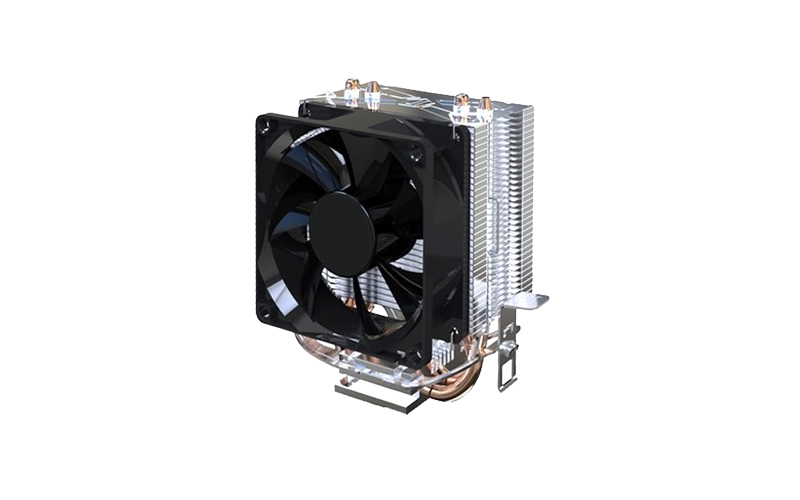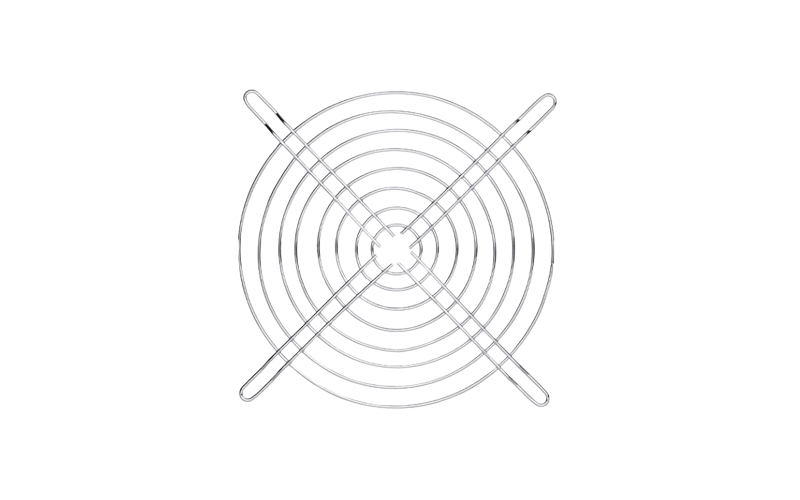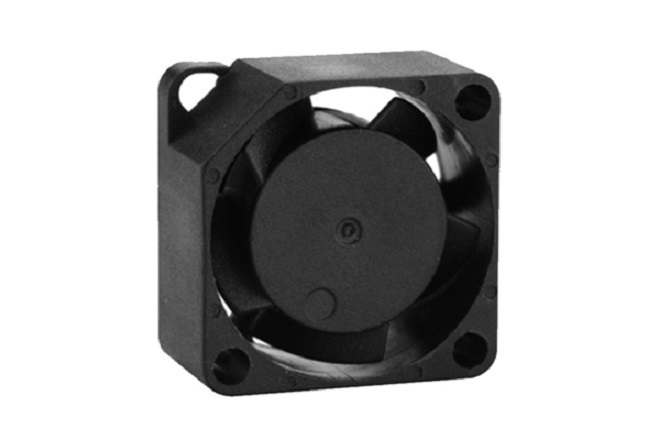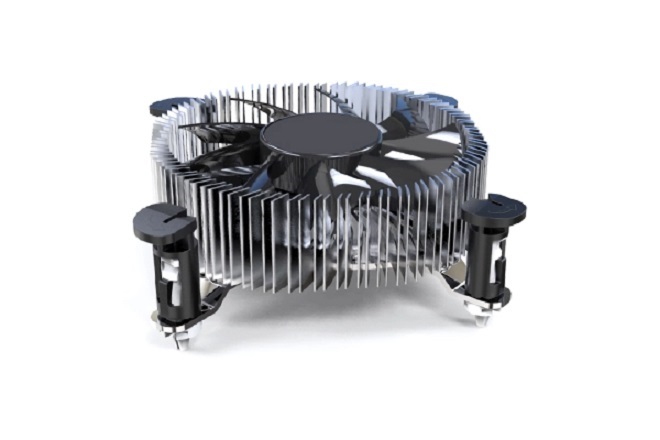

Proper cooling is essential for maintaining the longevity and performance of your computer components. As modern PCs become more powerful, they generate more heat, which can lead to reduced performance, component damage, and even system crashes. This is where PC case fans come into play. In this comprehensive guide, we will explore the importance of PC cooling fans, the different types available, and how to choose good cooling fans for PC without breaking the bank.

PC case fans, also known as chassis fans, are crucial components in a computer’s cooling system. They help manage the temperature by dissipating the heat generated by internal components like the CPU, GPU, PSU, and storage devices. Let’s delve into how these fans operate and their significance.
Air Inflow: Typically located at the front or sides of the computer case, the fan starts rotating its blades when powered on.
Air Movement: As the blades spin, they generate a directional airflow, drawing external air into the case.
Cooling the Components: This cool air is directed over critical components such as the CPU, GPU, RAM, and storage drives.
Heat Dissipation: Another fan, often positioned at the rear or top of the case, expels the now-warm air from inside the case.
Continuous Cooling Cycle: This cycle of drawing in cooler air and expelling hot air maintains a stable operating temperature, preventing overheating and ensuring consistent performance.
Choosing the right PC cooling fan involves understanding the different types available. Here are some common sizes and their typical uses:
40 mm Case Fan: Ideal for small form factor (SFF) PCs and embedded systems. For instance, a DC brushless fan 5v 40x40x10 is perfect for compact setups.
60 mm Case Fan: Used in small PC cases and slim laptops.
80 mm Case Fan: Versatile and found in various PC cases, offering good cooling performance.
92 mm Case Fan: Suitable for mid-tower and some small form factor cases.
120 mm Case Fan: The most popular choice, balancing cooling performance and noise levels.
140 mm Case Fan: Larger and quieter, favored by PC enthusiasts.
200 mm Case Fan: Found in full-tower cases, moving substantial air with lower RPMs for quieter operation.
Proper fan placement is critical for maintaining efficient cooling. Well-placed fans help manage temperature, prevent dust buildup, and reduce noise. Here are some strategies for optimal fan configuration:
Intake Fans: Draw cool external air into the case, typically positioned at the front or sides.
Exhaust Fans: Expel hot air from the case, often located at the rear or top.
Positive Air Pressure: More intake fans than exhaust fans, preventing dust from entering the case.
Negative Air Pressure: More exhaust fans than intake fans, efficiently expelling heat but potentially drawing in dust.
Gaming PC: Prioritize intake fans at the front and exhaust fans at the rear and top.
Workstation: Use a combination of intake and exhaust fans for balanced airflow.
Home Server: Maintain a positive air pressure setup to keep dust out.
Compact Cases: Choose fans carefully, opting for low-profile CPU coolers and slim fans.
When selecting good cooling fans for PC, consider the following factors:
Size and Fit: Ensure the fan fits your case and provides adequate airflow. For example, a DC brushless fan 12v 0.18 a is suitable for many standard cases.
Connection Types: Choose between 3-pin and 4-pin (PWM) fans based on your control preferences.
Design: Decide between air flow fans for unobstructed areas and static pressure fans for radiators and heat sinks.
Noise Levels: Balance airflow and noise levels to maintain a quiet PC environment.
Longevity: Consider the bearing types (sleeve, ball, fluid, magnetic) for durability.
There are two primary design categories for PC case fans: air flow and static pressure. Understanding the difference can help you choose the right fan for your needs.
Air Flow Fans: These fans are designed to move air freely and are ideal for unobstructed areas within the case. They are measured in CFM (cubic feet per minute) or m³/h (cubic meters per hour).
Static Pressure Fans: These fans are designed to move air against resistance, such as through radiators or heat sinks. They have blades that are either larger or more numerous to minimize the space between them, preventing air from flowing back when it meets resistance.
Noise levels are a crucial consideration when selecting PC cooling fans. Measured in decibels (dB), fan noise can range from a whisper-quiet 15dB to a loud 65dB or more. Balancing air flow and noise levels is essential for maintaining a quiet PC environment.
The longevity and performance of PC case fans are often determined by their bearings. There are four main types of bearings used in PC fans:
Sleeve Bearings: The most basic and common type, offering a mean time before failure (MTBF) of around 50,000 hours. Best used in horizontal applications
Ball Bearings: A step above sleeve bearings, with an MTBF of around 75,000 hours. Suitable for both horizontal and vertical mounting.
Fluid Bearings: Quieter and more durable than sleeve or ball bearings, with an MTBF of around 100,000 hours.
Magnetic Bearings: The pinnacle of fan bearing design, providing a nearly frictionless environment and an expected lifespan of 200,000 hours.
For those who enjoy customizing their PC’s appearance, there are numerous lighting options available for PC case fans. From single-color illumination to RGB and digital addressable RGB fans, the choices are vast. The differences lie in the lighting placement on the fans and the diffusers used.
Once you’ve selected the perfect PC cooling fans, there are several accessories that can enhance their performance and appearance:
Silencers
Fan silencers help reduce noise by blocking or absorbing vibrations. Options include mounting gaskets made of rubber or silicone and rubber mounting pins that replace traditional screws.
Shrouds
Fan shrouds are spacers placed between the fan and the component it cools. They help eliminate the “dead spot” caused by the fan’s hub, ensuring more efficient cooling.
Splitters
If you need to operate multiple fans from a single power source, splitters can multiply the number of circuits a power source can service. Ensure that your power source can handle the additional load.
Grills
A fan guard grill protects the fan from foreign objects and can add a custom look to your PC. However, they can also alter the noise characteristics of the fan by changing air flow patterns.

Proper cooling is essential for maintaining the longevity and performance of your PC components. By understanding the different types of PC case fans, their functionality, and optimal placement, you can ensure your system runs efficiently. Whether you’re looking for good cooling fans for PC or cheap PC case fans, there are options available to suit your needs. Brands like WELLSUNFAN offer high-quality cooling fans that provide optimal cooling solutions. Engineered with advanced technology, WELLSUNFAN fans ensure efficient airflow and quiet operation. Their straightforward installation and low-maintenance design make them a reliable and cost-effective choice. With WELLSUNFAN, experience superior cooling performance.

